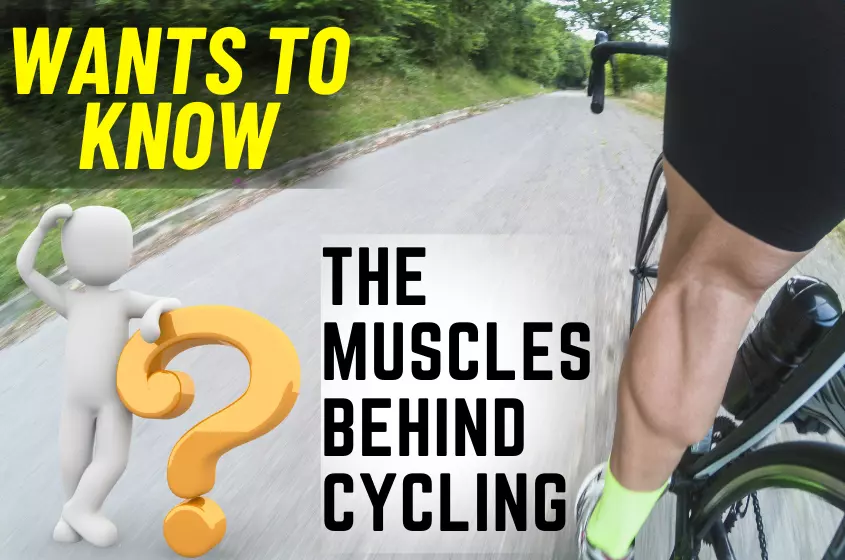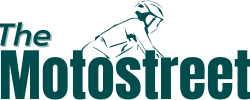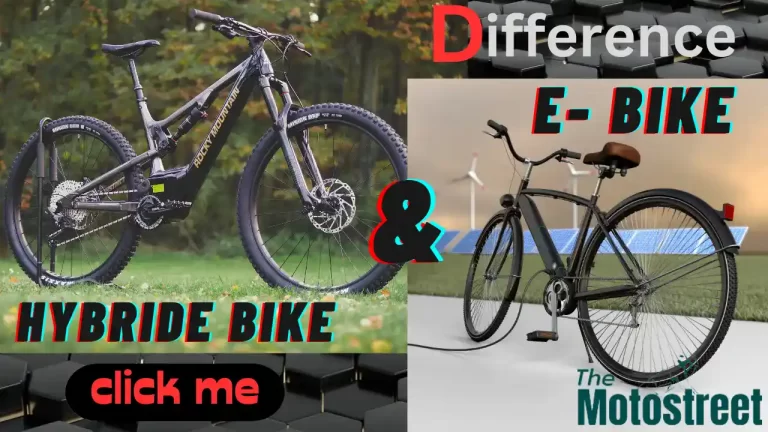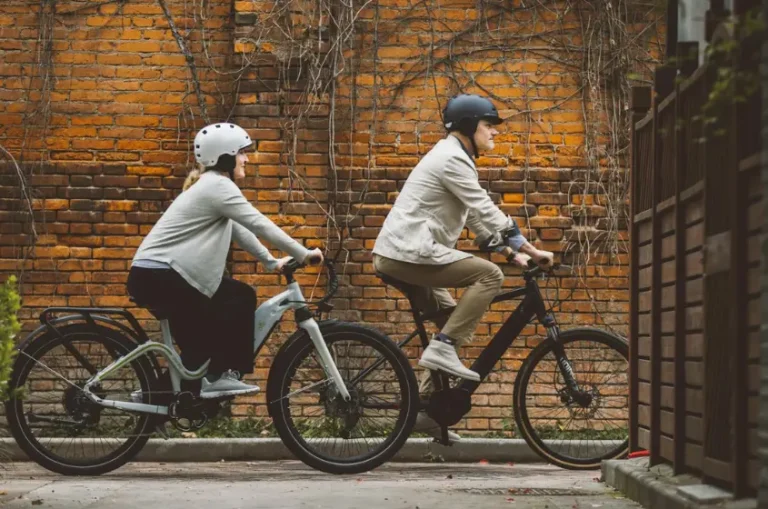Pedal Power: The Muscles Behind Cycling
Pedal Power: The Muscles Behind Cycling. Ever wonder what’s really powering you up those hills or allowing you to breeze down the bike path. Cycling works your muscles in ways you may not even realize. Hop on your bike and start pedaling your legs are the obvious powerhouses, but cycling also engages your core, glutes, and back.
- Wants to buy an e-bike : click here
- Have you ever wondered which muscle work while cycling see now
Your quads, hamstrings, and calves are the driving forces that push the pedals down and pull them back up. With each rotation of the pedals, your quads straighten your knee to push down, your hamstrings bend your knee to pull up, and your calves point your toes. Meanwhile, your glutes stabilize your body on the seat, and your core keeps you balanced. Your back muscles come into play too, especially on longer rides.

Cycling is a full body workout, even if it doesn’t always feel that way. While your legs may burn on steep climbs, remember that you’ve got muscles working throughout your body to keep you moving. So next time you head out for a ride, appreciate all that your muscles are doing to power your pedal strokes. They’re the engine that keeps you rolling.
Pedaling Legs: The Major Muscles Involved in Cycling
Cycling works your legs in so many ways. The major muscles powering your pedaling include:
- Quadriceps: The large muscles on the front of your thighs. As you push down on the pedals, your quads straighten your knees to spin the wheels.
- Hamstrings: The muscles on the back of your thighs that bend your knees and pull your feet up on the upstroke of pedaling. Your hams work with your quads to keep your pedaling smooth and balanced.
- Glutes: Your glutes, or gluteal muscles, drive your legs down with each pedal stroke. Your glutes, combined with your quads, provide the power to accelerate and climb hills.
- Calves: Your calves assist in pointing your toes down to push the pedals down and pull up. They help stabilize your ankle joint during pedaling.
Cycling also works your core, back muscles and hips to keep you balanced and transfer power to the pedals. The range of motion in your ankles, knees and hips allows for an efficient pedal stroke. Building strength in all these areas will make you a stronger cyclist, allowing you to ride longer and faster.
Staying in shape through cycling provides so many benefits. Not only does it reduce your risk of health issues like heart disease, it gets you outside and gives you an opportunity to see the world from a different perspective. So get out there, start pedaling, and discover what your body is capable of Cycling is a sport for all ages and abilities.
Core Power: Abdominal and Back Muscles for Stability
Your core muscles are essential for providing stability as you pedal. To power up hills and sprint down straightaways, you’ll need strong abs and back.
Abs
Your abs connect your upper and lower body, transferring power between them with each pedal stroke. Crunches and planks are great for building ab strength. Aim for 2-3 sessions of 3 sets of 10-15 reps of each exercise, 3 times a week.
Obliques
Your obliques, on the sides of your torso, help you bend and twist. Oblique exercises like bicycle crunches and Russian twists will give you the power to lean into turns. Do 2-3 sets of 10-15 reps of each, 2-3 times a week.
Lower back
Your lower back muscles support your torso, allowing you to stay in an aerodynamic position for long rides. Extensions, bridges, and supermans can strengthen your lower back. Try 2-3 sets of 10-15 reps of each, 2-3 times a week.
With a strong core, you’ll rocket up climbs, rail through corners, and stay comfortable in the saddle for hours. Keep at it and before you know it, you’ll have the abs and back of a pro cyclist! Now get out there and start pedaling.
Upper Body Strength: Shoulders, Arms, and Hands Support Proper Form
While your legs do most of the work, your upper body also plays an important role in cycling. Your shoulders, arms, and hands help maintain proper form and control of the bike.
Shoulders
Your shoulders support your upper body as you ride. Roll your shoulders back and down to keep your back straight and chest open. This helps you breathe fully and prevents soreness in your upper back. Your shoulders also control the steering. Relax your shoulders and keep your elbows bent to allow quick but subtle shifts in direction.
Arms
Your arms connect your upper body to the handlebars. Bend your elbows at about a 90 degree angle to keep your upper body balanced over the frame. If your arms are straight or overly bent, it can cause strain in your neck, shoulders, and lower back. Your arm muscles also assist with climbing hills and sprinting.
Hands
Your hands grip the handlebars, controlling braking, shifting gears, and steering. Keep a light but firm grip, holding the handlebars towards the center. An overly tight grip reduces control and flexibility, and can lead to pain in your hands, wrists, and forearms. Wear cycling gloves to prevent blisters and add extra comfort for long rides.
While cycling primarily works your legs, don’t forget the important role your upper body plays. Maintaining proper form in your shoulders, arms and hands will improve your performance, increase your endurance, and help prevent injury. Keep your upper body engaged but relaxed, and you’ll be pedaling comfortably for miles.
Conclusion
So now you know, cycling works your legs for sure but it’s not just your quads doing all the work. Your hamstrings, glutes, and calves are firing on all cylinders too as you pedal through scenic bike paths or up grueling hills. Whether you’re riding recreationally or training for a competition, cycling provides an efficient full body workout that’s easy on the joints. The next time you head out for a spin, pay attention to all the muscles engaging and powering each rotation of the pedals. Your legs will thank you, and you’ll have a new appreciation for the pedal power and muscle behind cycling. Now get out there, feel the burn, and enjoy the ride.





